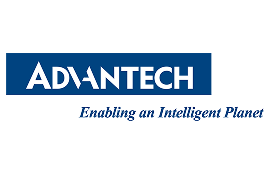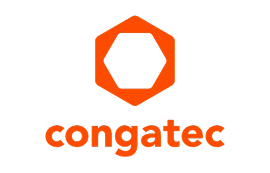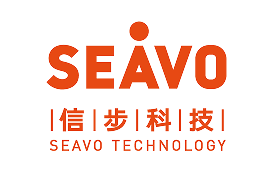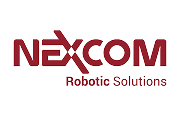Overview
Built on Intel’s robotics expertise, the Robotics AI Suite unifies AI models, tools, and reference designs to help developers build, test, and deploy real-time autonomous systems on Intel silicon—scaling from AMRs to cobots and humanoids.
Latest News
TAIROS 2025 Asia's Premier Roboticstics Show
Taiwan
TAIROS 2025 Asia's Premier Roboticstics Show.
Watch VideoScaling Physical AI
We are living through a transformational era in robotics—a shift from traditional automation to intelligent systems that...
Learn MoreTechnology & Performance
Leverage Intel’s long-standing industrial robotics expertise, advanced compute to power real-time controls and AI acceleration on a single processor, and an open ecosystem to adapt next-generation robotics and scale physical AI-based robotics faster.
Advanced Compute
Intel delivers integrated, optimized hardware performance across a range of silicon form factors and systems to power AI acceleration with low-latency and scalability at the edge.
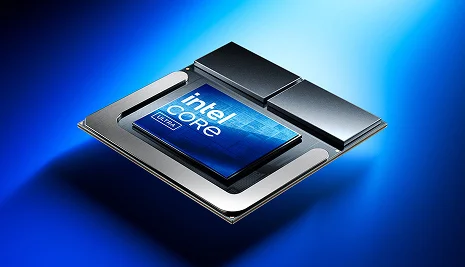
Intel® Core™ Ultra Processors
Power both real-time performance and AI acceleration on Intel® Core™ Ultra Series 2 and Series 3 processors to deliver efficiency and cost savings.

GPUs for AI Acceleration
Stream media analytics and deep learning pipelines at the edge with powerful GPU to accelerate advanced physical AI and fast model inference at the edge.
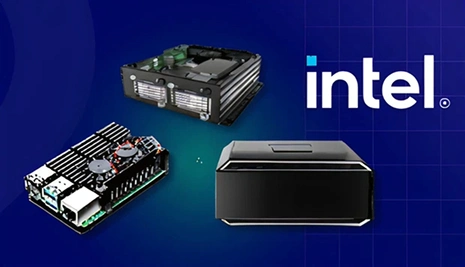
AI Systems Extend x86 Performance
Extend AI for robot systems with pre-built AI systems designed with best known hardware configurations and flexible form factors for delivering physical AI at the edge.
Build with an open ecosystem
Intel integrates across a broad ecosystem of hardware partners to enable freedom of choice and flexibility for building robots with best-known hardware configurations for cameras, sensors, and hardware connectivity to enable rugged, long-lasting performance.
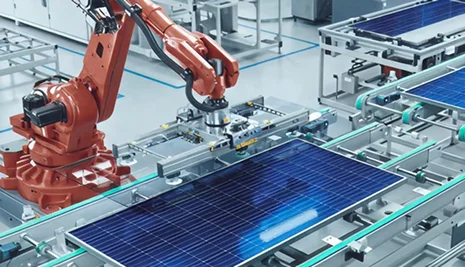
ROS 2 Integration
Extend functionality and enable compatibility with existing robotics built on ROS 2 framework to reduce complexity and challenges in set-up.
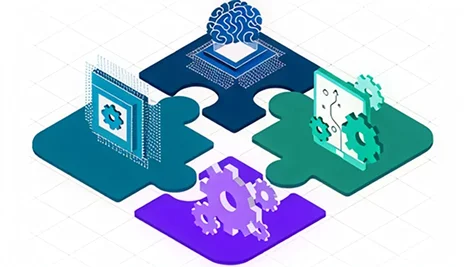
Open Edge Platform
The Robotics AI Suite is built on the Open Edge Platform, with integrated, open-source AI Libraries and AI Inference OpenVINO™ toolkit for optimizing models and integrating transformer and diffusion architectures on Intel. Also includes tools for Vision AI model training and streaming Deep learning pipelines.

Real-time OS Support
Intel provides real-time Ubuntu and Linux support integrated with hardware and networks to support high-speed connectivity and device interoperability for real-time performance at the kernel level, adding seamless performance even in out-of-band industrial environments.
Robotics Control Recipes
Enable deterministic control loops by combining ROS 2, real-time Linux, and Intel Time Coordinated Computing for synchronized perception and motion.

Control Framework Guidance
Combines the interoperability of ROS 2 robotics framework with Intel’s Time Coordinated Computing and Time Series Networking technologies to prioritize physical AI workloads to enable fast, consistent, real-time performance.
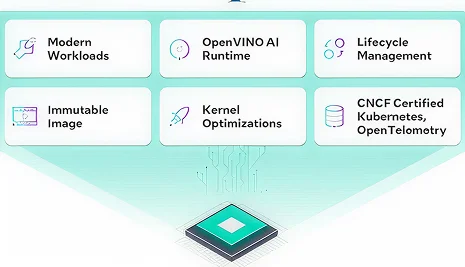
Middleware Integration
Provide under-the-hood, real-time performance and control at the kernel layer to enable Functional Safety workloads. Through careful configurations of the ROS environment, Intel provides optimization for RT Ubuntu to ensure low latency and precision.
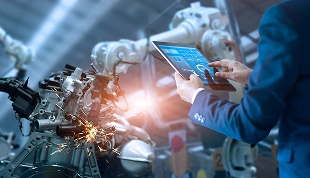
Closed-loop Control
Sync AI perception and motion control to reduce latency with closed-loop controls. Combining specialized hardware, real-time software, and AI optimization for edge commuting, intel accelerates the entire control loop from sensor input and perception to decision-making and motor control.
Virtualization and Application Management
Right-size robotics solutions to ensure scalability, compatibility, and performance tuned for physical AI workloads, and suitable to scale industrial robotics operations.
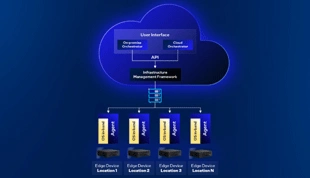
Manageability and deployment
Enable containerized and virtualized applications in edge deployments to process AI pipelines with speed and efficiency on Intel® processors.
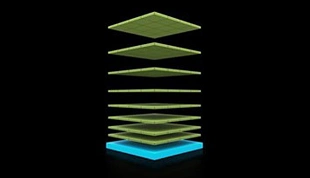
Intel® ACRN
A lightweight hypervisor used in autonomous mobile robots (AMRs) to consolidate multiple operating systems and workloads onto a single computing platform. It uses virtualization to securely and reliably run a mix of critical real-time tasks (like navigation) and general-purpose workloads (like AI) on the same hardware.

Kernel-based Virtual Machine
Intel brings special features for Kernel-based Virtual Machine to consolidate compute-intensive tasks to ensure real-time performance and robust remote management for edge devices and reduce latency.
Evaluation, qualification, and benchmarking
Deploy and scale robotics applications with near zero-touch deployment and enable remote management to quickly evaluate AI workloads using performance monitoring, repeatable benchmarks, and optimization tools to ensure efficiency and optimized performance.
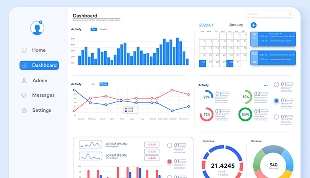
Visual Pipeline and Performance Evaluation Tool (ViPPET)
Evaluate hardware for AI workloads to benchmark CPU frequency, GPU power usage, memory use, and temperature with hardware-aware tuning to fine-tune performance.

Device Qualification and Benchmark Tool
Verify acceleration and compute to qualify “best known” AI+ media pipeline configurations to confirm reliability, up-time, power, and memory efficiency.
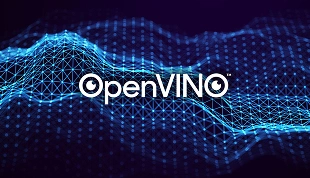
Validation Framework
Observe best case scenarios using telemetry data to compare OpenVINO™ benchmarks, media performance, video pipeline, Memory, GPU AI frequencies. Use the Robotics AI Suite reference applications and OTX validation framework to evaluate trained models on dedicated validation data sets to assess model quality and capabilities to achieve desired performance outcomes.
Use Cases
Build faster with reference applications that solve real-world robotics challenges — powered by Intel silicon, and ROS 2 integration, the Robotics AI Suite, and Intel’s Open Edge Platform.
Facilitate robot chatbot interaction using LLMs, Vision AI, and a user’s voice to prompt robot agentic AI with text commands that generate actions. Accelerates manipulation, detection, locomotion, and perception task planning.

Action Chunking with Transformers
An end-to-end imitation learning model designed for fine robotics manipulation tasks, learned from human actions and demos to avoid errors and predict actions in chunks. Reduces training time while increasing success rates.
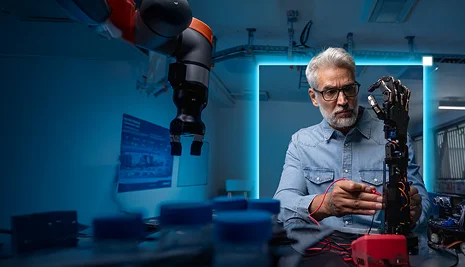
LLM Task Planning Demo
Facilitate robot chatbot interaction using LLMs, Vision AI, and a user’s voice to prompt robot learning with agentic AI through text commands that generate actions. Accelerates task training time with real-world examples to onboard new functionality.
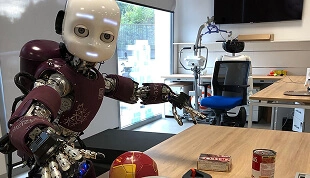
Robotics Diffusion Transformer
Pipeline enables bi-manual manipulation by processing multimodal inputs to generate robot action sequences with time series analytics and VLA models training robots about their physical environment to simulate complex and diverse actions and enable greater stability.
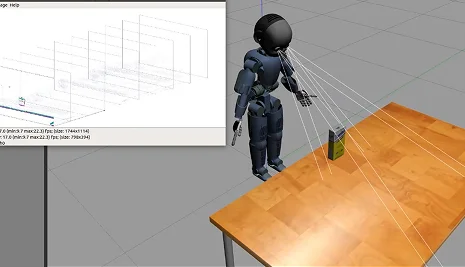
VSLAM:ORB-SLAM3
Real-time, feature-based SLAM library for visual mapping to capture multi-camera and sensor inputs so robot can sense surrounding environment, increasing reliability and accuracy for poses and predictions.
Safely navigate AMRs around industrial environments with real-time SLAM libraries and open-source LLM, VLM, and VLA models optimized for Intel Core Ultra with OpenVINO.
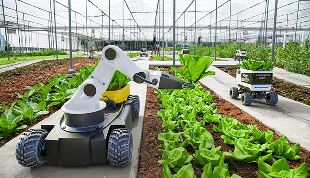
GroundFloor Segmentation
A demo segmenting depth sensor data using LiDAR and RealSense camera inputs to render a 3D point cloud to address non-flat floors, ramps, inclines and other challenging conditions providing robots the perception to precisely detect objects with geospatial mapping.

ITS-Planner
A ROS 2 global path planning plug-in using intelligent sampling and 2-way search to reduce compute time to inform robot about its position in a grid map and where it’s headed for directional accuracy.
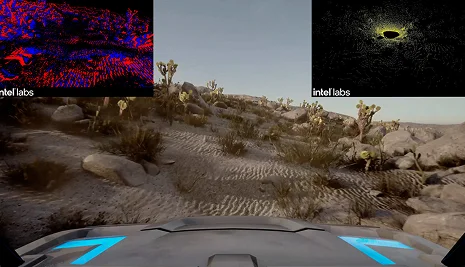
Simulation
Tutorials showing how to use ROS 2 simulations with Intel® Robotics AI Dev Kit to test robot sensing and navigation in simulated environments to save development time.
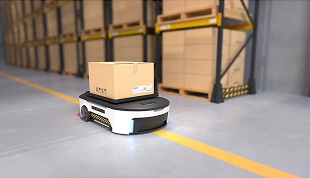
Wandering
A ROS 2 based reference application using SLAM libraries to move robots around in an unknown environment to map new terrain.
Tackle pick and place and track and place challenges using the Robot Vision and Control (RVC) software framework to enable new industrial robotics tasks and capabilities.
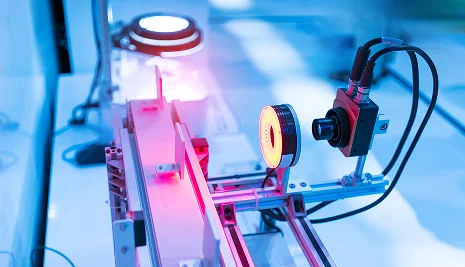
Robot Vision and Control Framework (Intel® RVC)
A software framework for all types of robotics that is hardware-optimized to run all real-time control, perception, and AI processing on a single, power-efficient intel processor. Features advanced sensing technologies such as 3D vision and depth cameras for accurate object detection.
Powerful transformer-based models reduce AI model’s computational and memory demands while adding context to autonomous robots with IoT sensor input.

Vision AI Models
Accelerate perception and manipulation task planning with Vision AI models that enable robots to perform complex manipulations like picking, placing, and assembly with Vision AI for object detection, classification, and mapping with precise, real-time control.

LLM, VLM, VLA and Gen AI Models
Enable robots to interpret and act in their environment by combining visual input with natural language understanding to generate and execute physical actions. Optimize and enhance model context with new data inputs for continuous learning.
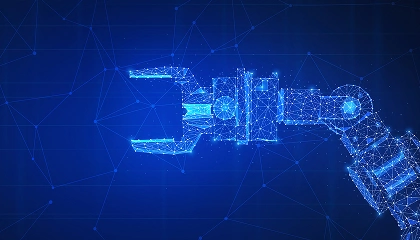
Diffusion and Transformer Models
Diffusion policy and transformer-based models improve robot manipulation with Action Chunking with Transformers (ACT) to accurately predict sequences of human actions from observations and language instructions.
Benefits
Bring new robotics innovation to market faster and extend the functionality of existing robotics deployments optimized for performance and acceleration at the edge, while reducing complexity and cost.
Deliver scalable physical AI solutions to market faster
Accelerate and optimize vision AI, media analytics pipelines, and Gen AI workloads on Intel's proven, long-standing robotics expertise, without starting from scratch for faster deployment.
Extend and scale x86-based robotics innovation
Build with an open ecosystem on verified AI systems, benchmarked for real-world use cases to achieve reliable, repeatable performance.
Reduce complexity and improve TCO
Improve ROI developing physical AI for advanced robotics to accelerate real-time controls and AI performance on one processor.
Partners
A broad, open ecosystem of robotics partners support Intel’s Robotics AI Suite and are actively integrating physical AI on Intel® silicon to enable advanced capabilities with real-time controls to power humanoids, autonomous mobile, and industrial stationary robots.
Resources
Get started using the Robotics AI Suite on GitHub or use the reference applications to build real world vision AI and Gen AI use cases on Intel silicon.
Expand robotics technical and industry perspective and learn how Intel optimizes performance and scalability of edge AI

Simplify Physical AI Development with Intel’s Robotics AI Suite
Level the playing field with physical AI at the edge and simplify the journey to develop, deploy, and scale robotics with Intel’s Robotics AI Suite.
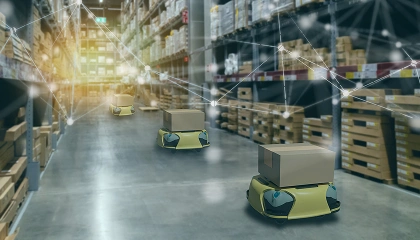
Developers Shortcut to Smarter Robots with Intel’s Robotics AI Suite
Take the complexity out of setting up and training physical AI on Intel with the Robotics AI Suite to enhance functions for perception, locomotion, manipulation, and imitation learning.

Announcing the Open Edge Platform 2025.1 Release
Get under the hood of the latest Open Edge Platform release to learn more about the latest Geti, Scenescape, and DL Streamer updates that accelerate Vision AI, media analytics pipelines, and Gen AI.
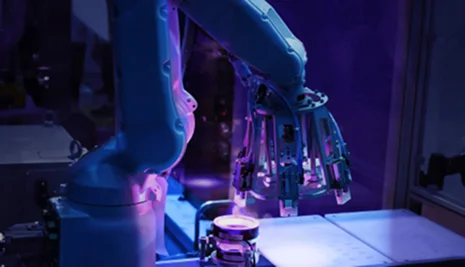
Vision AI on Geti™ accelerated with Arc™ B-Series GPU enables robotics test automation
Learn how Intel Foundry uses Geti and Intel Iris to scale efficiency and accuracy for automated testing to reduce down time, increasing quality, and accelerate and throughput.
Extend robotics and physical AI knowledge and achieve successful outcomes with videos to get more out of the Robotics AI Suite.
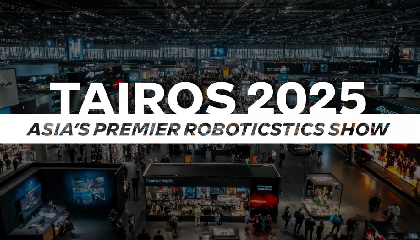
TAIROS 2025 Asia's Premier Roboticstics Show
TAIROS 2025 Asia's Premier Roboticstics Show...
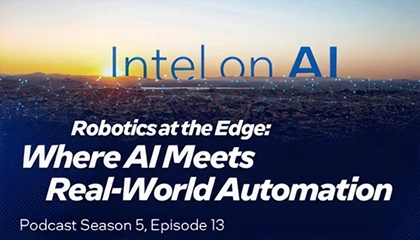
Robotics at the Edge: Where AI Meets Real-World Automation
Robotics is emerging as a powerful proving ground for AI. Discover how OpenVINO accelerates AI inference and performance, power efficiency requirements that enable real-time decision-making.
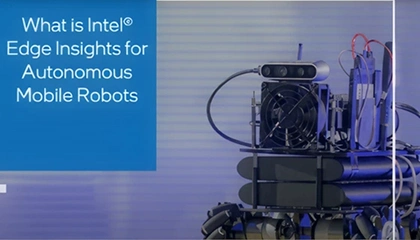
Edge Insights for AMRs
Intel’s Rajesh Kurusetty explains the components available for developing Ambulatory Mobile Robots with Intel software and hardware components.
Technical papers, solution briefs, and case studies to guide efficiency and scalability from best known configurations to software optimizations, benchmarks, and use cases.
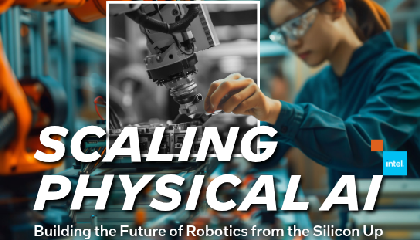
Scaling Physical AI
We are living through a transformational era in robotics—a shift from traditional automation to intelligent systems that understand, adapt, and collaborate. Robotics is no longer just about repetitive tasks...

Trossen Uses Intel Technology for Powerful AI/ML Workstation
Developing AI/ML models requires an investment in extreme compute power. For models that need low latency and data privacy, the TOTL Workstation supports robotics at the edge.
Fast track time to value developing physical AI and robotics solutions on Intel® silicon with quick-start developer guides for all kinds of robots.
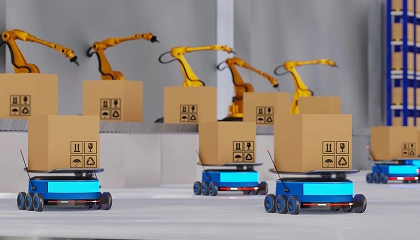
Autonomous Mobile Robot
Based on ROS 2, the Autonomous Mobile Robot software packages and pre-validated hardware modules feature capabilities for senser data ingestion, classification, modeling, action planning and control.
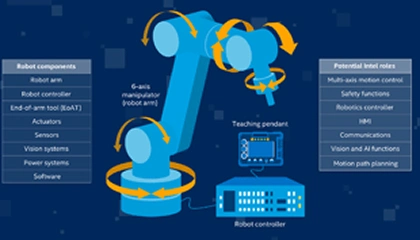
Robot Vision and Control Framework (RVC)
Centered around motion control the RVC eases pick and place operations for advanced manipulation tasks with support for identification, grasping, and relocation of items.

Humanoid-Imitation Learning
Designed to streamline the development of embodied intelligence applications on intel with comprehensive Action Chunking with Transformers demo.
Developer Tools
Accelerate development with tools and tutorials to enable robot solutions with advanced Vision AI, spatial intelligence, and optimizations and transformers for AI model inference.
Build and optimize embodied intelligence models and workflows with tools to optimize performance on Intel.

Intel® OpenVINO Training Extensions
Libraries to accelerate PyTorch, ML, and LLM models for optimized performance and fine-tuning on Intel® hardware
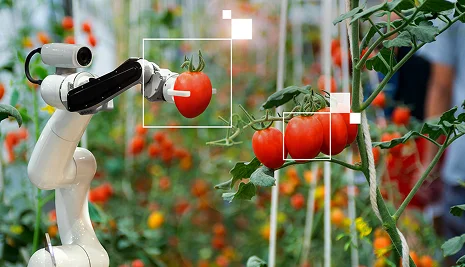
Geti™ Computer Vision Models
Simplify and accelerate computer vision model training with an intuitive end-to-end seamless workflow. Optimize models for speed and fine grained precision to detect objects and key points for pose estimation.
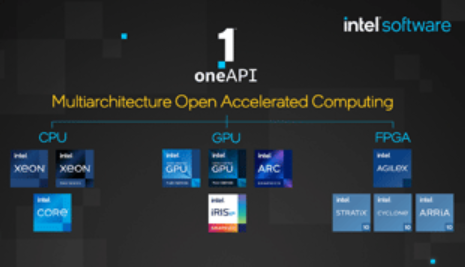
Intel® oneAPI
A unified programming model that enables developers to write code that can be executed on a variety of hardware accelerators.

SceneScape
Create dynamic 4D digital twins of real-world environments using data from various sensors to inform situational awareness and robotic perception.
Get advice for arranging heterogeneous computing, and models used for embodied intelligence with helpful tutorials

Heterogeneous Computing
Learn about the various software workloads integrated to enable autonomous systems to perform complex tasks in dynamic edge environments.

AI Model Tutorials
Discover deep learning models commonly used in embodied intelligence solutions and how to run them on Intel platforms complete with benchmarks and Jupyter notebooks.
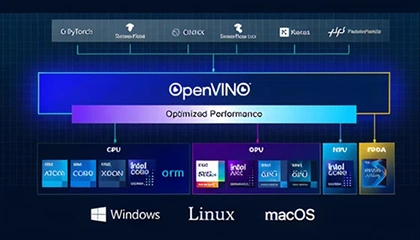
OpenVINO™ Toolkit
Get started with the OpenVINO™ Toolkit to simplify the development of AI inference, computer vision, automatic speech recognition, and NLP on Intel® hardware.

Support
Provides comprehensive support for Edge AI and Intel technologies, delivered by global professional technical experts.
Contact UsSubscribe To Our Newsletter
Subscribe to the newsletter for the latest updates on materials posted on the Intel Industry Solution Builders program.
By submitting this form, you are confirming you are an adult 18 years or older and you agree to share your personal information with Intel to use for this business request. You also agree to subscribe to stay connected to the latest Intel technologies and industry trends by email and telephone. You may unsubscribe at any time. Intel’s websites and communications are subject to our Privacy Notice and Terms of Use.
By submitting this form, you are confirming you are an adult (18 years or older) and you agree to share your personal information with Intel to use for this business request. You also agree to subscribe to stay connected to the latest Intel technologies and industry trends by email. You may unsubscribe at any time. Intel’s websites and communications are subject to our Privacy Notice and Terms of Use.

 Explore the Robotics AI Suite on GitHub
Explore the Robotics AI Suite on GitHub



